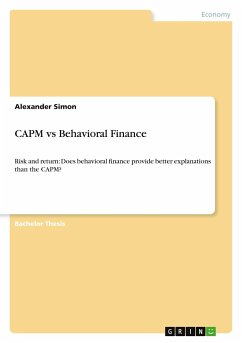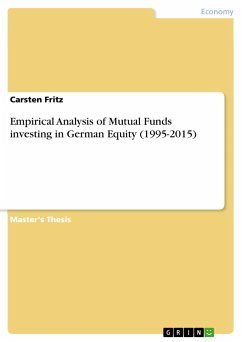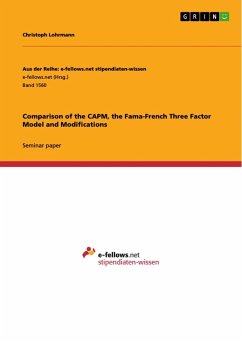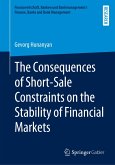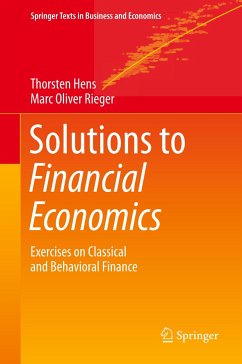Seminar paper from the year 2021 in the subject Economics - Finance, grade: 1,3, University of Hagen (Fakultät für Wirtschaftswissenschaft, Lehrstuhl für Angewandte Statistik), language: English, abstract: The CAPM provides a single state, single factor, general equilibrium theory of the risk-return relation. However, in the 1960s, Mandelbrot (1963) already observed stock returns to have a very peaked distribution with heavy tails and also periods of persistent volatility, which contradicts the CAPM. In response to these observations, the Conditional CAPM (C-CAPM) has been discussed by several authors. In a C-CAPM investors can price an asset or portfolio conditional on the available information at a point in time. This is done by replacing the unconditional by conditional moments of returns. Statistically, processes of ¿Generalized Autoregressive Conditional Heteroscedasticity¿ (GARCH) can capture the so called ¿stylized facts¿, some observed by Mandelbrot (1963). GARCH models were developed by Engle (1982) and Bollerslev (1986) and try to model time-varying second moments of asset returns. If a GARCH process is assumed for the disturbance term in a C-CAPM, a GARCH-in mean model (GARCH-M) can be estimated, where the conditional variance or covariance impacts the conditional expectation of (excess) returns. The GARCH-M can model time-varying conditional moments, but also time-varying risk premia and the implied beta factor. As for this seminar paper, I mostly follow the comprehensive dissertation ¿Das CAPM mit zeitabhängigen Beta-Faktoren¿ of Linnenbrink (1998) and the paper of Bollerslev et al. (1988). First, the theoretical foundations of the CAPM, the C-CAPM, GARCH processes and the GARCH-M extension are presented. Then, in the empirical part, I estimate a (univariate) GARCH-M representation of the C-CAPM. I compare its performance to a traditional CAPM with a single stock portfolio of an investor (selected stock: Tesla, Inc.).
Hinweis: Dieser Artikel kann nur an eine deutsche Lieferadresse ausgeliefert werden.
Hinweis: Dieser Artikel kann nur an eine deutsche Lieferadresse ausgeliefert werden.

